
Smart.
Wireless.
Autonomous.
Battery-powered, industrial-grade IoT sensor solution with LoRaWAN® for outdoor use.
WILSEN.valve for Valve Position Feedback and WILSEN.node for Object Presence Detection


Standardized LoRa Technology
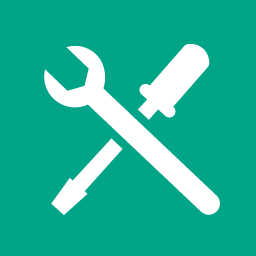
Easy Installation and Operation
Highly-Customizable Sensor Solutions
WILSEN.valve

For this purpose, robust inductive and energy-optimized single or dual sensors from the broad Pepperl+Fuchs portfolio are quickly and easily connected to the WILSEN.valve central unit via standardized M12 connections. This central unit supplies the sensors with power via a high-performance battery and reports the valve status detected by them to the target system. As the valve status is sent directly and already processed, there is no need for users to carry out a complex evaluation of individual sensor statuses and assignment to the respective valve status. The integrated GPS functionality of the central unit also makes it easy to localize the valves, even in widely branched process plants. Furthermore, the central unit also transmits additional diagnostic data and reports error states such as line breakage or short circuits to the higher-level system.
At a Glance
The WILSEN.valve solution is optimized for
wireless monitoring of up to two valves.
The WILSEN.valve solution utilizes robust,
wear-free inductive sensor technology.

Due to a variety of mounting aids,
integrating the WILSEN.valve is quick and easy.
The WILSEN.valve central unit is available in four different
versions to optimally meet every application profile.
WILSEN.node
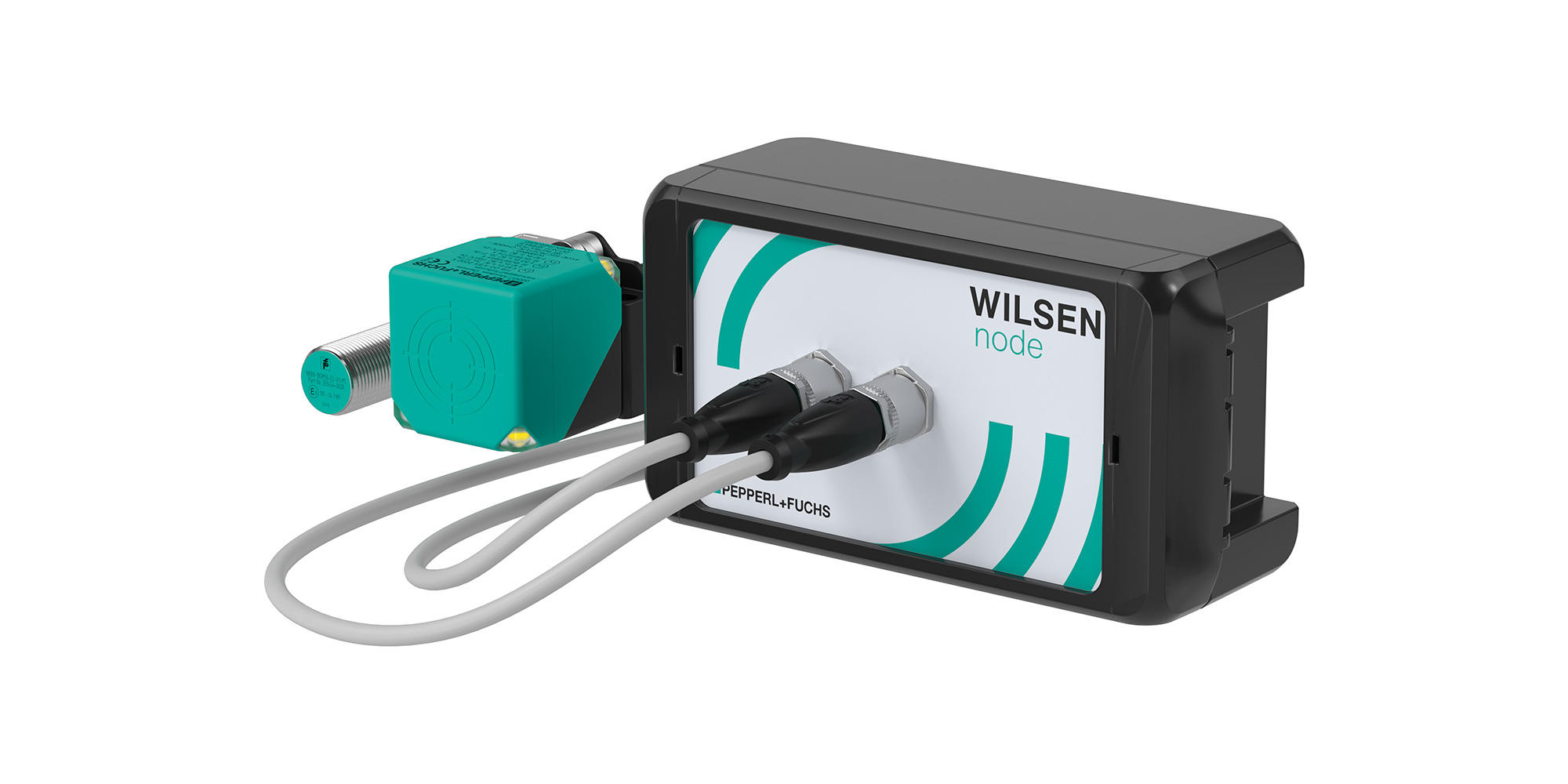
Especially in retrofit scenarios or in applications that have to be implemented in remote, hard-to-reach locations without a conventional power supply, the WILSEN.node proves to be an ingenious yet easy-to-implement solution. The central unit supplies the sensors with power via a high-performance battery and transmits information via LoRaWAN over a distance of several kilometers. In addition to the actual sensor measurement data, additional diagnostic data and error states, such as line breakage or short circuits, are also sent to the higher-level system. Integrated GPS functionality also enables the precise localization of central units in remote locations.
At a Glance
The WILSEN.node solution is optimized
for wireless object presence detection
The WILSEN.node solution supports
connection of various different sensor types.

Different sensing principles along with standardized
M12 connectors ensure easy application integration.
The WILSEN.node central unit is available in two different
versions to optimally meet every application profile.
Data Basis for Reliable Water Distribution
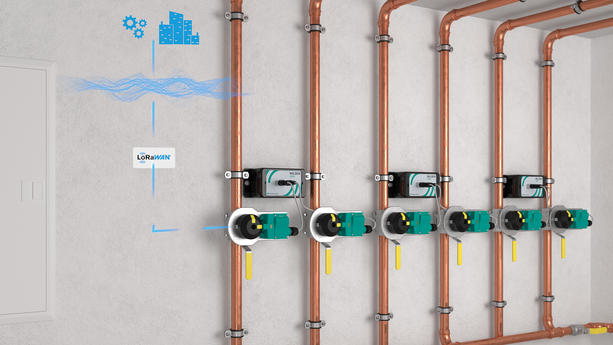
Whether in a municipal supply operation, an apartment building or in an industrial process—manually operated valves must be in the correct position for the continuous supply of hot water or heating. The WILSEN.valve solution detects the position of valves and ball valves in water distribution systems, including in remote locations. Up to two inductive dual sensors can be connected to a central unit, allowing the IoT sensor solution to monitor up to two valves simultaneously. For particularly quick and easy installation, the dual sensor is attached to a mounting plate and the actuator is connected to the axis of the hand lever. The central unit can be placed on a wall or a strut near the valve, for example. The device transmits the position of the connected valves in the water distribution system to the target system via LoRaWAN with a high degree of reliability. On site, the valve position can also be identified on the actuator by means of a clearly visible marking.
Application Examples
WILSEN.valve
Valve Position Always in View
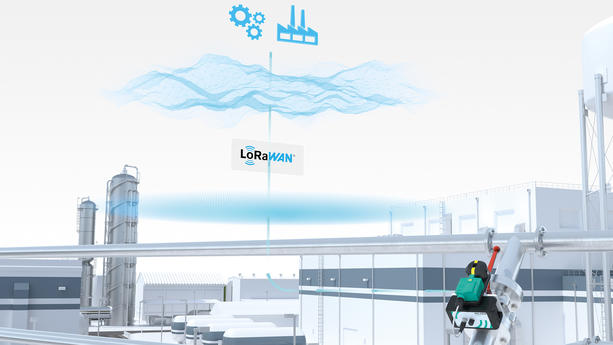
Monitoring the end position and feedback of the valve position of drain and distribution valves provides important information for optimizing production processes. In addition, costly waste of process heat or products can be avoided by quickly identifying accidentally opened valves. The WILSEN.valve solution detects the valve position via an inductive dual sensor with two inductive sensor elements. These each monitor one of the two end positions (open/closed) of the actuator, completely wear-free and with low interference. The central unit, together with the sensor and actuator, can be quickly and easily installed directly on the valve and then transmits the valve positions to a target system over a distance of several kilometers via LoraWAN. In defined cases, an alarm or a follow-up action is triggered.
Door Control in Transformer Station
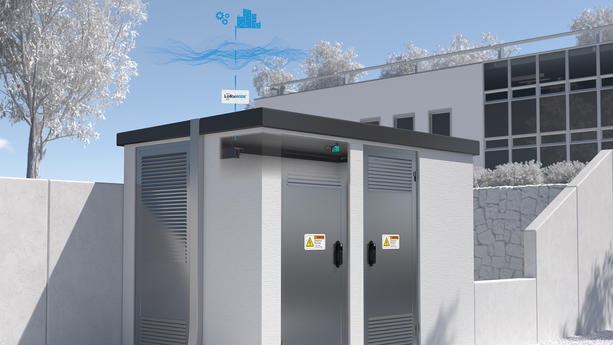
Due to the high voltage of the incoming lines, there is a danger to life and the doors of transformer houses must be closed at all times. They may only be opened for maintenance work—after appropriate safety measures have been taken. The WILSEN.node solution can be used to ensure that the door of a transformer house is always properly closed when no maintenance work is being carried out. For this purpose, an inductive sensor is connected to the WILSEN.node central unit, which detects the closing status of the door and reports any change. If the door is opened outside of scheduled maintenance work, the sensor signal can trigger a defined alarm. The protection of residents and passers-by is ensured.
WILSEN.node
Ensuring a Safe Manhole Cover
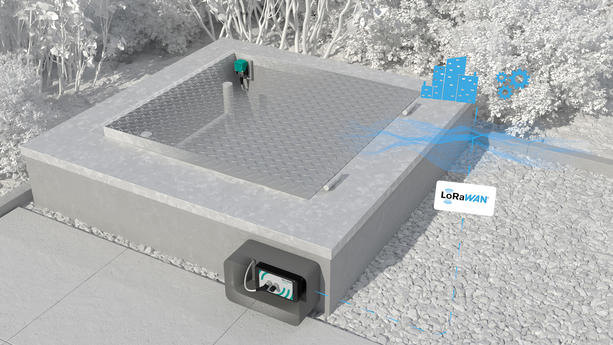
Wells, sewer access points and other manhole openings in the ground require a secure cover. A correctly fitted manhole cover prevents accidents and protects people and materials. With the WILSEN.node, the position of the cover can be continuously checked. The central unit is installed outside the manhole and connected to a suitable sensor on the inside, which detects the position of the manhole cover. The position of the manhole cover (open/closed) is transmitted directly to the desired target system via LoRaWAN.
In addition, a float switch can be connected to the second input of the WILSEN.node central unit, which detects possible flooding of shafts, for example in the event of heavy rainfall. This creates a comprehensive sensor solution for manhole monitoring with just one WILSEN central unit.
Remote Monitoring of Pasture Gate
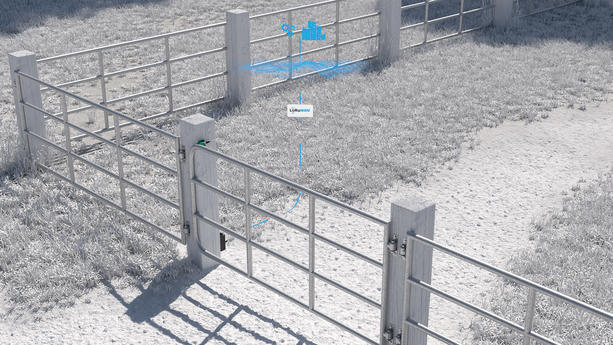
Grazing animals should remain on the allocated pasture for a fixed period of time. This is not only important for pasture management, but also a question of safety and liability. Consequently, the pasture gate must be reliably closed during this time. The risk of unintentionally open gates can be minimized with little effort using the WILSEN.node solution. Equipped with a suitable sensor for object presence detection, the device monitors the position of the gate. If it remains open unplanned, a signal is sent via the central unit to the relevant IoT platform, from which the farmer immediately receives the corresponding message. The WILSEN.node central unit has an extremely robust design, IP66/67 degree of protection and a wide temperature range of -25 to +70 °C. This makes it particularly suitable for outdoor use in the harsh conditions of an animal pasture.
Securing Barn Doors

Agricultural barns are used to store harvested crops, fodder and straw as well as agricultural machinery and equipment. These are often very valuable items. In order to protect them from the weather, damage and theft, the doors should be closed as long as no work is being carried out there or there are no operationally necessary entries and exits. Damage and loss can be prevented by using the WILSEN.node solution without the need for extensive wiring or complex installation. The WILSEN.node central unit is mounted on the inside of the door. Supplemented by the appropriate sensor for object presence detection, the WILSEN.node solution now records the position of the barn door (open/closed) and transmits this to an IoT platform, which informs the farmer via a push notification in the event of unintentional opening.
¿Cómo funciona?
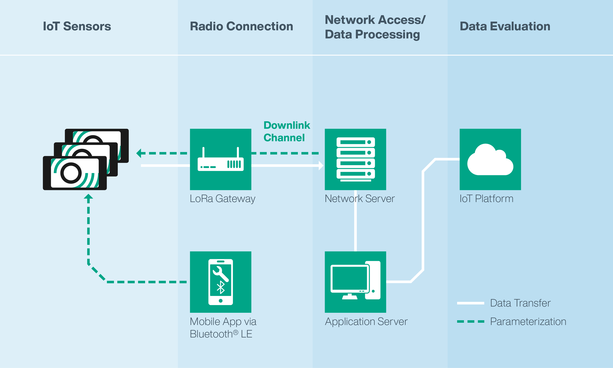
Se requiere algo conocido como LoRaWAN (del inglés “Long Range Wide Area Network”, red de área amplia de largo alcance) para transferir los valores medidos de los sensores IoT WILSEN a una plataforma de IoT basada en la nube y evaluarlos allí. Estas redes fácilmente escalables, que están dirigidas en su totalidad a los requisitos de la IoT, se caracterizan por su combinación de bajo consumo de energía, largo alcance y comunicación segura.
Además de los sensores IoT u otros dispositivos finales, esta arquitectura de LoRaWAN generalmente consta de puertas de enlace de largo alcance dispuestas en una topología de estrella. Estas puertas de enlace traducen los datos de los sensores WILSEN a un protocolo compatible con Ethernet y transmiten la información convertida a un servidor de red LoRa. El servidor de red decodifica los datos del sensor y los reenvía a un servidor de aplicaciones para el procesamiento inicial antes de que los datos finalmente puedan evaluarse en una plataforma de IoT.
Al mismo tiempo, la comunicación en la dirección opuesta también es posible a través del servidor de red LoRa y las puertas de enlace: no solo se pueden recibir los datos de los sensores, sino que además puede configurar cómodamente los parámetros en los sensores WILSEN de forma remota a través del denominado “canal de enlace descendente”. Pepperl+Fuchs ofrece un servicio web gratuito específicamente para este propósito.
Como alternativa, los sensores se pueden parametrizar directamente en el sitio mediante una aplicación para dispositivo móvil.
Videos
Battery-Powered IoT Sensor Solution for Outdoor Use
The wireless, autonomous WILSEN IoT sensors reliably supply data regarding fill level, distance, valve position, and object presence to a LoRaWAN without a cable connection. Learn more about their functional principle and unique features.
Parameterization of WILSEN Sensors via the Downlink Channel
How do you parameterize the WILSEN sensors from Pepperl+Fuchs via the downlink channel? In this video, our expert shows you how to set it up quickly and easily.
LoRaWAN®
Tecnología basada en la IoT con numerosas ventajas
Como miembro de LoRa Alliance®, Pepperl+Fuchs se compromete a ofrecer interoperabilidad de productos y a la implementación mundial de esta tecnología.
La tecnología LoRa ofrece una serie de ventajas especialmente adecuadas para su aplicación con sensores IoT como WILSEN del Pepperl+Fuchs:
- Conexión de dispositivos a una distancia de hasta 15 km
- Disponibilidad global e independencia de los proveedores
- Uso mínimo de energía durante la transmisión
- Transferencia de datos a través de radio, sin necesidad de cableado del sensor
- Alta seguridad e integridad
- Bajos costos de operación
Gracias a estas propiedades, LoRa puede utilizarse para crear redes inalámbricas de gran tamaño con el fin de implementar aplicaciones para ciudades, municipios y diversas industrias. También puede utilizarse para crear redes privadas rentables en las instalaciones de la empresa.

Nuestros socios
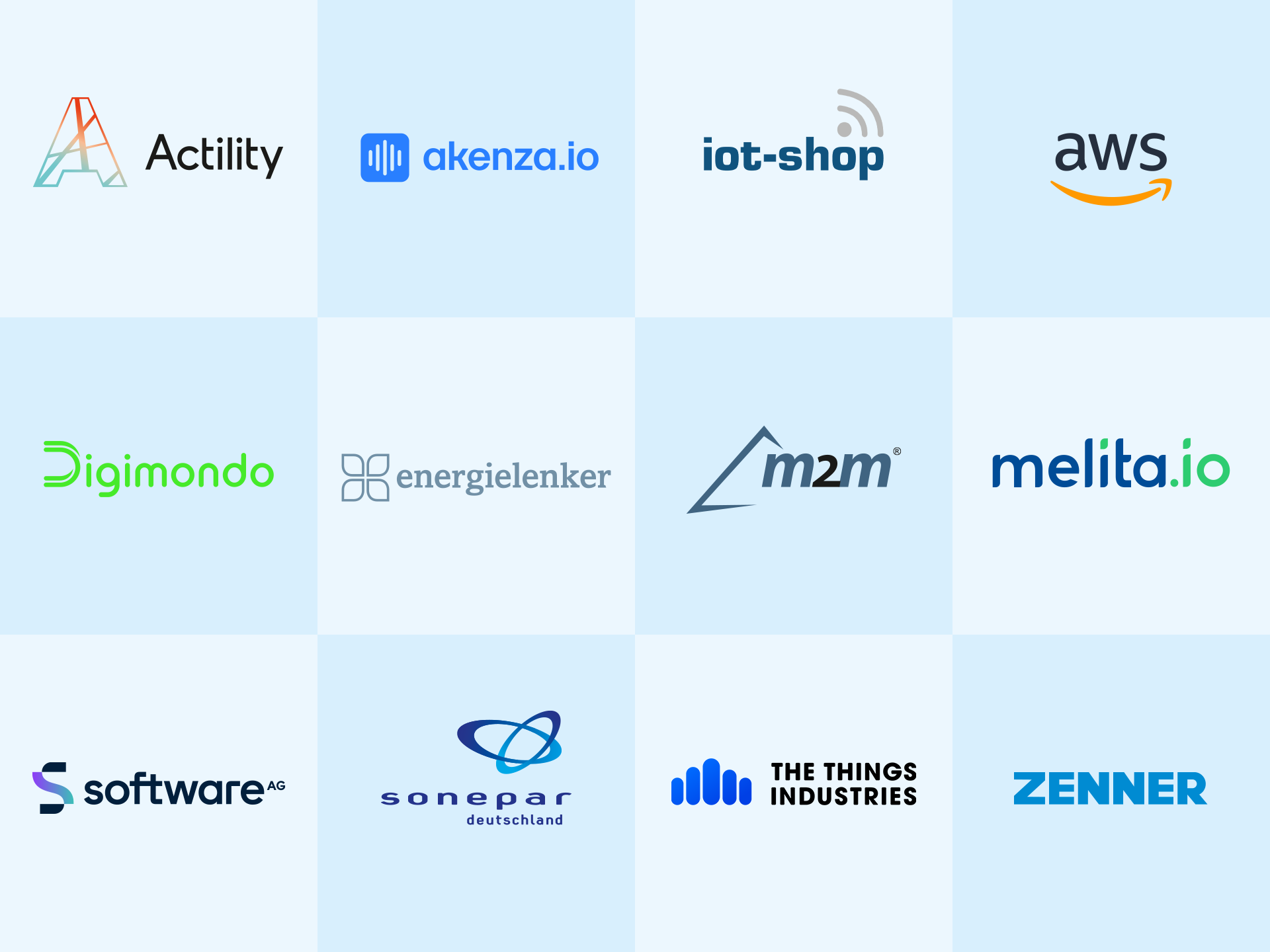
Estamos conectados de manera óptima y, por lo tanto, podemos recurrir a un amplio grupo de socios de los sectores LoRa e IoT. Benefíciese de la experiencia combinada de Pepperl+Fuchs y de sus socios de renombre al implementar sus proyectos.
Services for Your Success
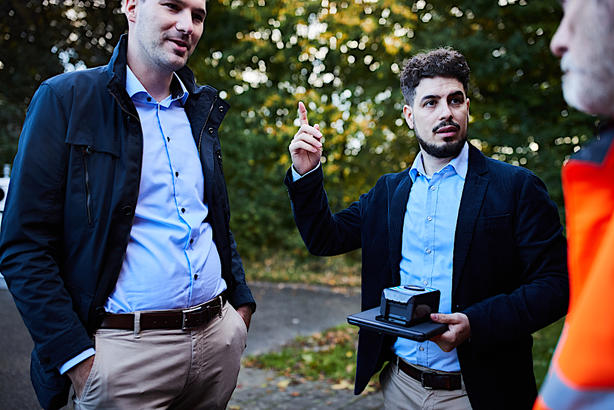
We offer not only technical excellence, but also first-class service and support: Our global presence, our deep understanding of different industries and our customer focus set us apart. Of course, this also applies to our portfolio of WILSEN sensors: In this section you will find a selection of tools to help you always get the most out of your sensors and keep operating costs as low as possible.
Contacto
 Further Information
Further Information
- WILSEN.valve (Datasheets)
- WILSEN.node (Datasheets)
- LoRa Alliance


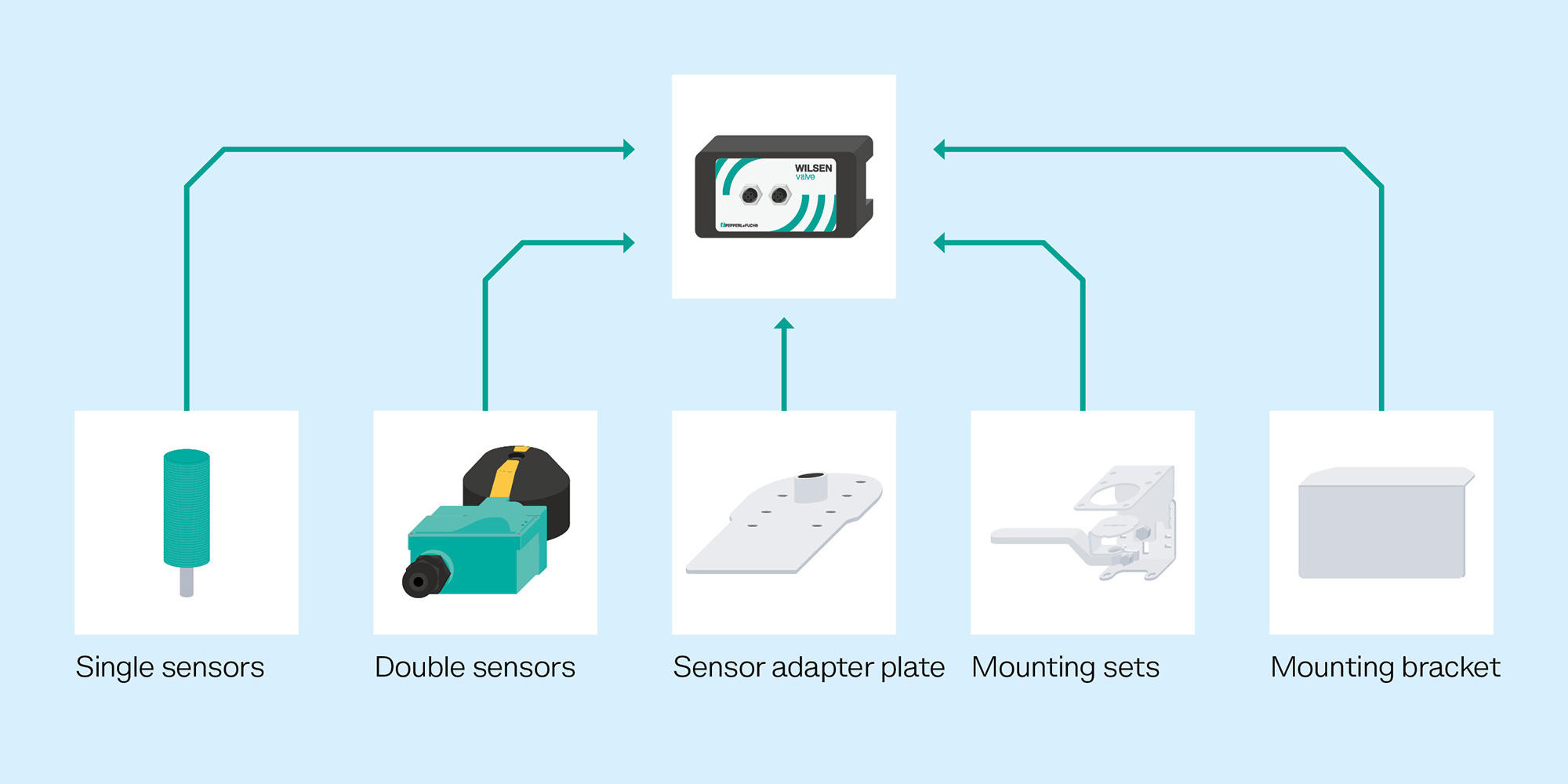
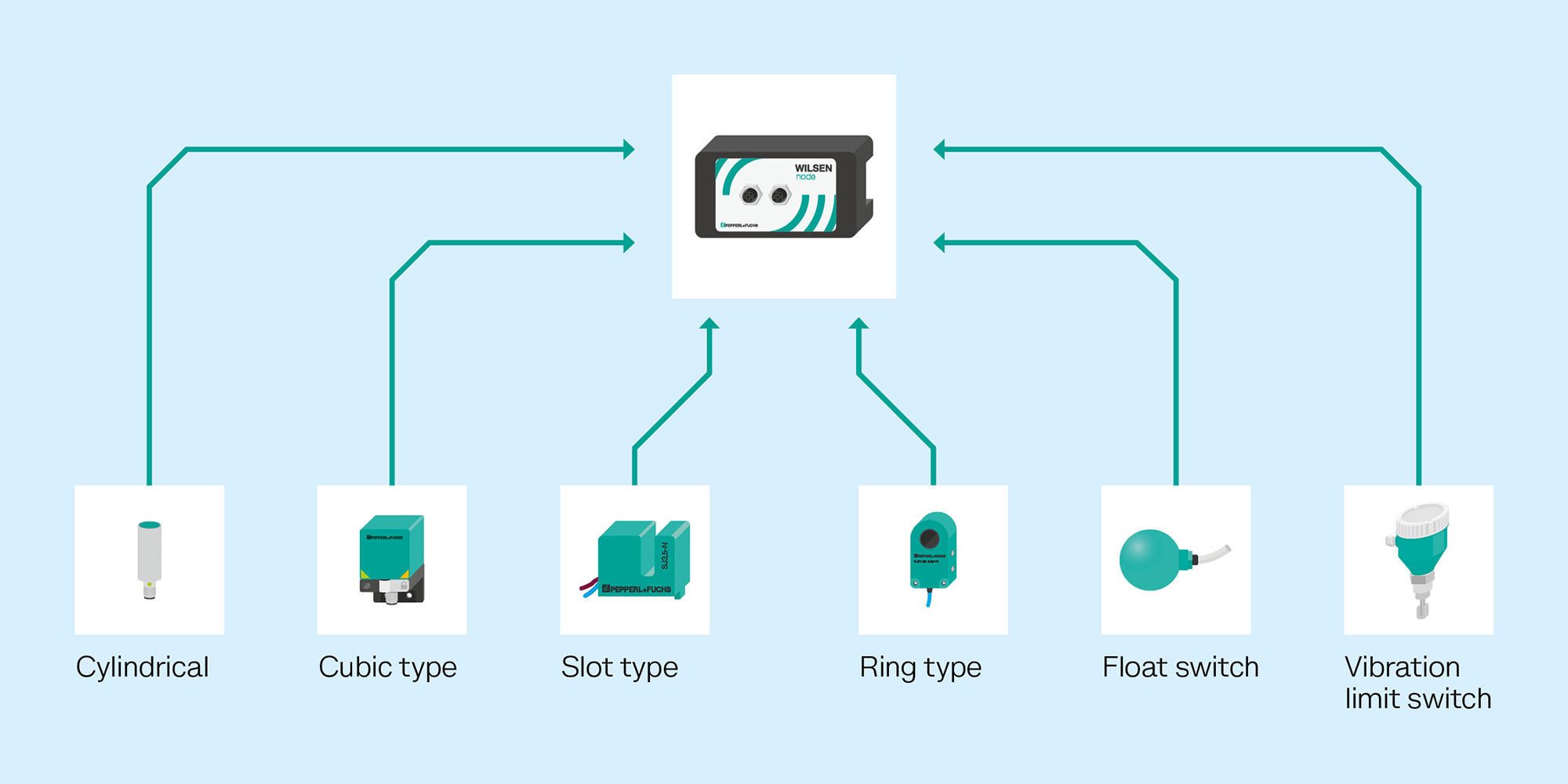


 Downloads
Downloads

 +34 94 4535 020
+34 94 4535 020